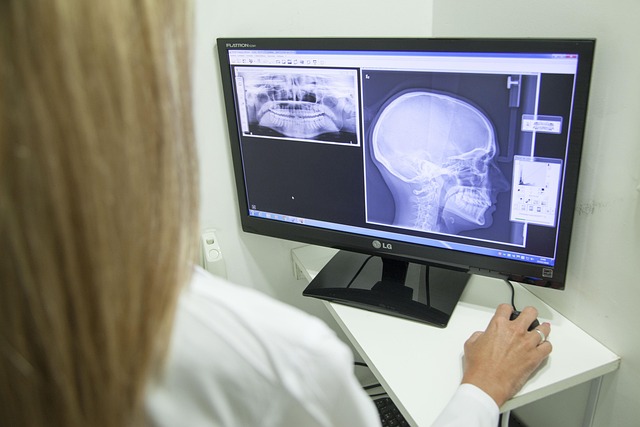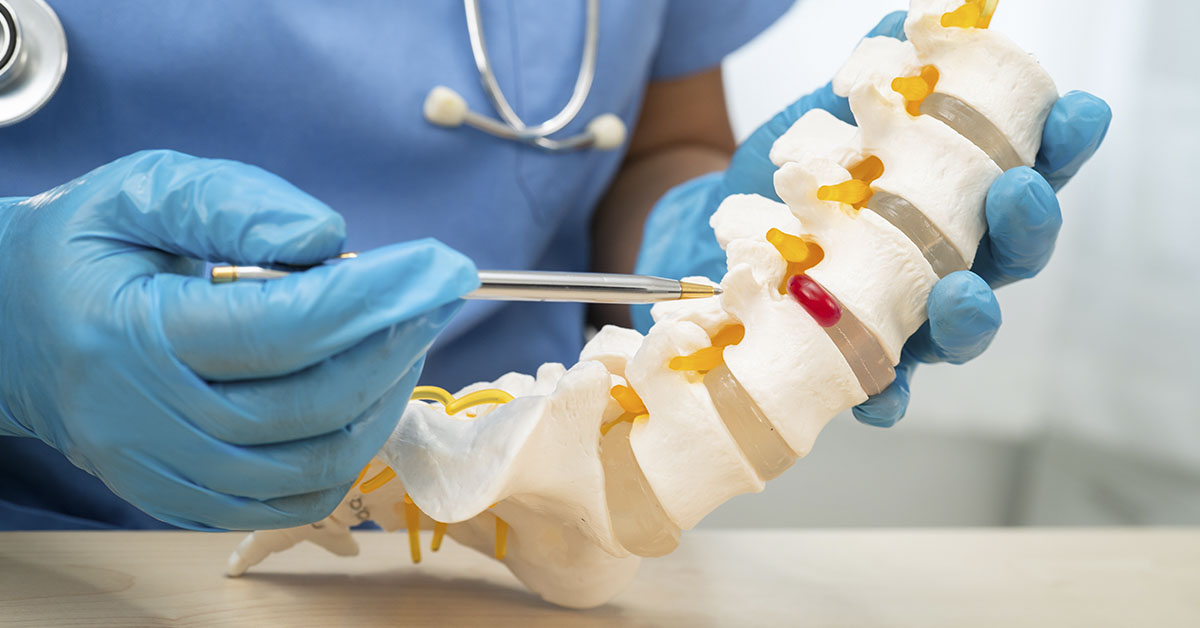For decades, suffering from a spinal cord injury meant a very abrupt change in life. This is because there are very few therapies that address damaged “wiring”. For those with spinal cord injuries, everything from movement to sensation and independence can be lost in a second. A new breakthrough drug from Brazil called polylaminin is currently creating a tangible buzz in the medical community. Led by Tatiana Coelho de Sampaio, a scientist at the Federal University of Rio de Janeiro, the Brazilian researchers have produced the drug from laminin, a protein that is naturally produced by the human body. Early studies have indicated that polylaminin could help damaged nerves grow again. While still in the experimental phase and not yet approved, it could potentially help bring hope to millions.
What Is Polylaminin?

Imagine the tissues of your body as a building under construction. The cells of your body are the workers who require scaffolding to move around and build various connections. Basically, you can think of laminin as part of that scaffolding. It is a protein that enables cells to move, stick, and grow where they are required. According to the researchers from Brazil, they have found a way to get laminin to create a stable network, which they call polylaminin. They say that this network can be placed near spinal cord injuries to create an ideal surface for nerve fibers to regenerate. This is very significant, especially for adults, whose damaged nerve cells don’t regrow easily.
This is because scar tissue and a harmful chemical environment hinder this process. The program behind polylaminin has focused on two main ideas. The first involves rejuvenating mature neurons so that they begin to sprout new axons. The second idea involves re-bridging the broken connection between the brain and the spinal circuits. Impressively, the process does not involve any permanent implants or the use of complex electronics. Rather, it is a biological material that has been specifically designed to enable the body to repair itself.
What We Have Learned So Far

At the moment, the most compelling evidence we have comes from animal studies. In lab models of spinal cord injuries, tissues treated with polylaminin exhibited increased nerve growth and improved movement. A veterinary study involving dogs with long-term back injuries revealed that after polylaminin was delivered into the fluid surrounding the spine, some of the dogs started to walk better after several months. When it comes to human studies, though, we are still in the very early stages. So far, a small number of individuals with spinal cord injuries have been given polylaminin close to the site of the damage.
Some of these people regained slight function or the ability to move, which is very encouraging news. However, these initial results were not from a large controlled trial. Therefore, we cannot yet say how much the treatment helps the average person, who would benefit the most, or how it compares to standard care. Additionally, the treatment has not yet been approved for everyday use by health authorities. The regulator in Brazil, ANVISA, still needs to authorize larger trials in the country. So, while it may be a promising concept, it is still in its experimental stage and is not a guaranteed cure.
How Polylaminin Could Help People with Spinal Cord Injuries

In spinal cord injuries, the wiring that carries messages between the brain and body is severed. This means that even if the muscles and parts of the cord are still fine, they cannot receive the required messages. The idea of this treatment is that polylaminin can potentially rebuild that connection. The treatment encourages nerve growth, and nerve cells are more willing to send out new axons along polylaminin. In new injuries, it could also help reduce some of the damage that makes it harder to heal. The treatment would also support new connections if enough fibers connect across the damaged area. Additionally, this treatment could work as a supplement to other therapies, such as intensive rehab and electrical stimulation.
The next step is for larger clinical trials to be conducted that include a wider representation of the general population. Researchers also need to test polylaminin in acute new injuries and chronic older injuries. They will then need to figure out the appropriate dosage and delivery system for the drug. Since polylaminin is based on a naturally occurring protein, it is likely very safe; however, this will still need to be clinically proven. In order for this treatment to be widely adopted, it will need to produce the same results consistently and on a large scale. This means that it will also have to go through rigorous quality control tests before it can hit the market. Yet, despite the long road ahead, the initial results have proven encouraging enough to move forward.
Read More: ‘Text Neck’ Is Real: Do These 6 Stretches to Prevent Your Spine from Degeneration

